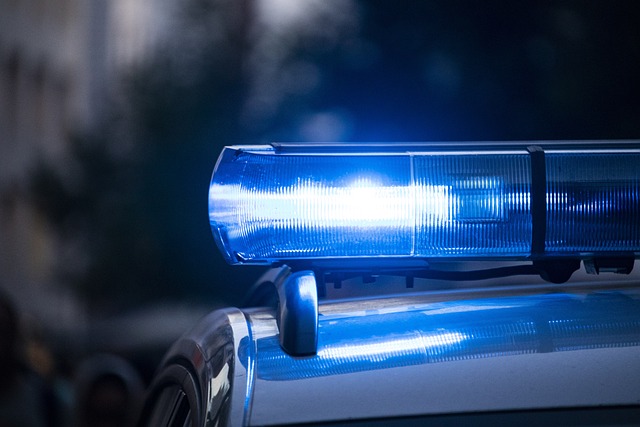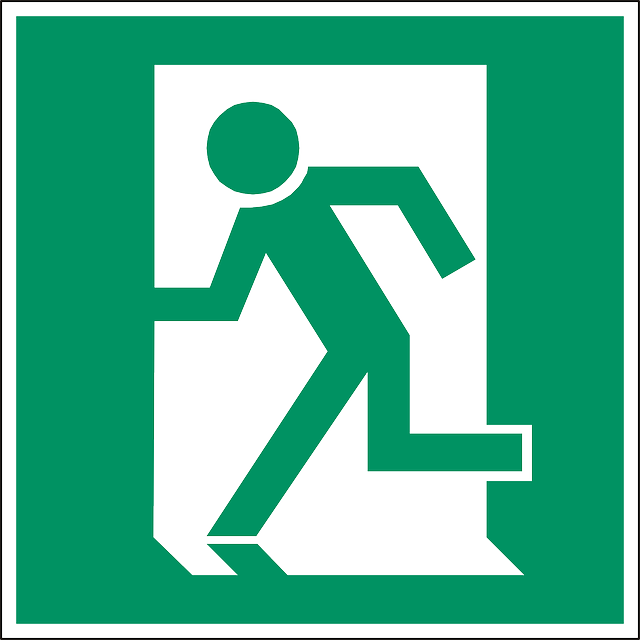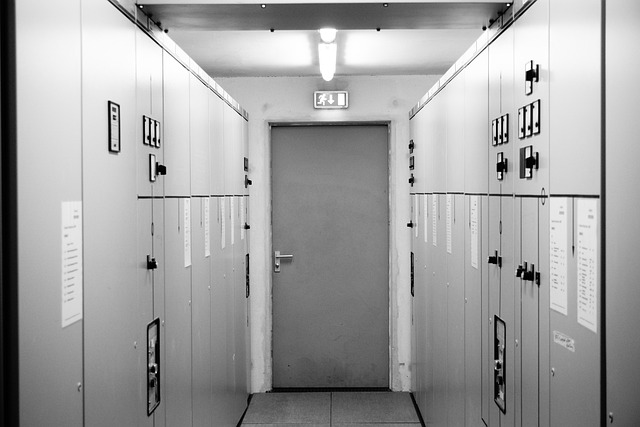Flashlights for Emergency Preparedness are a critical component of any disaster readiness plan, offering dependable lighting that's essential for safety and survival during emergencies. Rechargeable models are particularly advantageous as they provide sustainable illumination, especially in extended power outages or dark situations. These flashlights are built to be durable with robust designs featuring shock resistance and waterproofing, ensuring reliability in various challenging conditions. They offer high-intensity light for critical tasks and can be charged through multiple methods—solar power, manual crank, or electric outlets—making them adaptable to any scenario. The best emergency flashlights are crafted with impact-resistant materials, have long-lasting rechargeable batteries or the option for alkaline backups, and include features like LED lights for energy efficiency, multiple lighting modes for versatility, and USB charging ports for convenience. It's important to regularly inspect and maintain your flashlight to ensure it functions optimally when needed. Models like the Streamlight Pro Tac HL USB and Thrunite TC15 are highly recommended due to their brightness, long battery life, and durability, making them excellent choices for anyone serious about being prepared for emergencies.
In the event of a power outage or natural disaster, rechargeable flashlights emerge as indispensable tools for navigating through darkness and uncertainty. This article illuminates their pivotal role in emergency preparedness, guiding readers through selecting high-quality models, understanding battery efficiency, and practical maintenance tips to ensure reliable lighting when it matters most. We’ll also compare top rechargeable flashlights available, focusing on their performance and suitability for extended emergencies, ensuring you are equipped with the best flashlight for emergency preparedness.
- Understanding the Essential Role of Rechargeable Flashlights in Emergency Preparedness
- Key Features to Look for in High-Quality Emergency Flashlights
- Battery Considerations for Sustainable Lighting During Prolonged Outages
- Practical Tips for Maintaining and Using Your Rechargeable Flashlight in Emergencies
- Top Rechargeable Flashlights on the Market: A Comparative Analysis for Emergency Preparedness
Understanding the Essential Role of Rechargeable Flashlights in Emergency Preparedness

In the event of an emergency, reliable lighting can be a matter of safety and survival. Rechargeable flashlights play a pivotal role in extended power outages or when venturing into unlit environments during a crisis. Unlike their disposable counterparts, rechargeable flashlights offer a sustainable light source that can be used repeatedly without the need to replenish batteries. This sustainability is not only eco-friendly but also ensures that users have consistent illumination when it’s most needed. Their durability and high-intensity outputs are crucial for navigating through dark conditions, whether it’s to search for supplies, assess damage post-disaster, or signal for help. Flashlights for emergency preparedness should be a staple in any disaster kit, as they provide the necessary visibility and comfort during uncertain times.
Moreover, the versatility of rechargeable flashlights can greatly enhance one’s preparedness strategy. They can be powered by various means such as solar, crank, or electric outlets, offering multiple ways to charge depending on the situation. Their designs often incorporate features like shock resistance and waterproofing to withstand harsh conditions. By incorporating a rechargeable flashlight into your emergency plan, you are ensuring a tool that can adapt to a multitude of scenarios, from minor blackouts to large-scale disasters. The inclusion of Flashlights for Emergency Preparedness in your arsenal is an investment in readiness and resilience.
Key Features to Look for in High-Quality Emergency Flashlights

When selecting a high-quality emergency flashlight, durability and reliability are paramount. A robust construction can withstand harsh environments and frequent use, ensuring it remains functional when you need it most. Opt for flashlights designed specifically for emergency preparedness, as they often feature impact-resistant materials like aluminum alloys or high-impact plastics. Additionally, a solid build can also protect the internal components from damage during transport or accidental drops.
Battery performance is another critical factor to consider in emergency flashlights. For extended emergencies, look for models with long-lasting rechargeable batteries or the ability to use standard alkaline batteries as a backup. High-quality LEDs offer bright, focused light and consume less power, extending battery life. Furthermore, features such as multiple lighting modes—high, medium, low, and emergency strobe—can conserve energy while providing versatile illumination options. A high-capacity battery and efficient LED technology will ensure that your flashlight remains a dependable source of light during unexpected events. Consider flashlights with built-in USB charging ports for convenience and those with power indicators to monitor battery levels, enhancing your preparedness for any situation.
Battery Considerations for Sustainable Lighting During Prolonged Outages

Practical Tips for Maintaining and Using Your Rechargeable Flashlight in Emergencies

When preparing for extended emergencies, having a reliable flashlight is crucial for navigating through power outages or dark environments. Rechargeable flashlights for emergency preparedness offer a sustainable lighting solution, but their effectiveness hinges on proper maintenance and usage. To ensure your rechargeable flashlight remains a dependable tool during an emergency, start by fully charging it before any potential crisis occurs. Keep the battery charged at all times by plugging it in during normal circumstances; this way, it’s always ready for use when you need it most. Additionally, regularly inspect the flashlight for signs of wear and tear, especially the connections and the battery itself. Clean the contacts with a soft cloth if necessary to maintain optimal electrical conductivity.
During an emergency, practical usage of your flashlight is as important as its maintenance. Always handle it with care to prevent accidental damage. Use the highest light setting when immediate, full illumination is required, and switch to lower settings for extended use to conserve battery life. Be mindful of the beam direction to avoid blinding yourself or others. Carry extra batteries if possible, as this will significantly increase your flashlight’s operational duration during prolonged emergencies. Store these batteries in a cool, dry place to preserve their charge and replace them every three to five years, or as recommended by the manufacturer. By following these tips for maintaining and using your rechargeable flashlight, you can ensure it remains a vital part of your emergency preparedness kit.
Top Rechargeable Flashlights on the Market: A Comparative Analysis for Emergency Preparedness

When it comes to emergency preparedness, having a reliable light source is crucial for navigation, safety, and signaling during power outages or natural disasters. Rechargeable flashlights stand out as an eco-friendly and cost-effective option for those looking to invest in long-term emergency solutions. In this comparative analysis of the top rechargeable flashlights on the market, we evaluate key factors such as brightness, battery life, durability, and user interface to determine which models best serve the needs of prepared individuals.
The Streamlight Pro Tac HL USB is a standout model, offering up to 450 lumens of bright light with a high-capacity rechargeable battery that can last for hours on its lowest setting, making it an excellent choice for extended emergencies. Its durable design with an IPX7 rating ensures that it can withstand harsh conditions and accidental water exposure. Additionally, the Thrunite TC15, with its 2000 lumens and up to 300 hours of battery life on low, is another top contender for those requiring a highly bright light source with a long-lasting battery. Both models feature user-friendly interfaces and are equipped with smart charging technologies that reduce strain on the batteries during use. When selecting a rechargeable flashlight for emergency preparedness, it’s essential to consider the specific conditions you may face and the type of activities you’ll need the light for, whether it’s signaling for help or illuminating your path through an unexpected outage.
In conclusion, rechargeable flashlights have become indispensable tools for emergency preparedness. Their reliability and longevity underpin their role in lighting our way through unexpected events. When selecting a flashlight for emergencies, prioritize features such as durability, brightness, and battery life to ensure you have a dependable light source when you need it most. Consider the type of batteries used—lithium-ion or NiMH—as they offer different advantages in terms of sustainability during prolonged outages. By following practical maintenance tips, your rechargeable flashlight can serve as a beacon of safety and security in critical situations. The comparative analysis of top rechargeable flashlights available in the market provides valuable insights for those looking to enhance their emergency preparedness with flashlights designed for such purposes.
